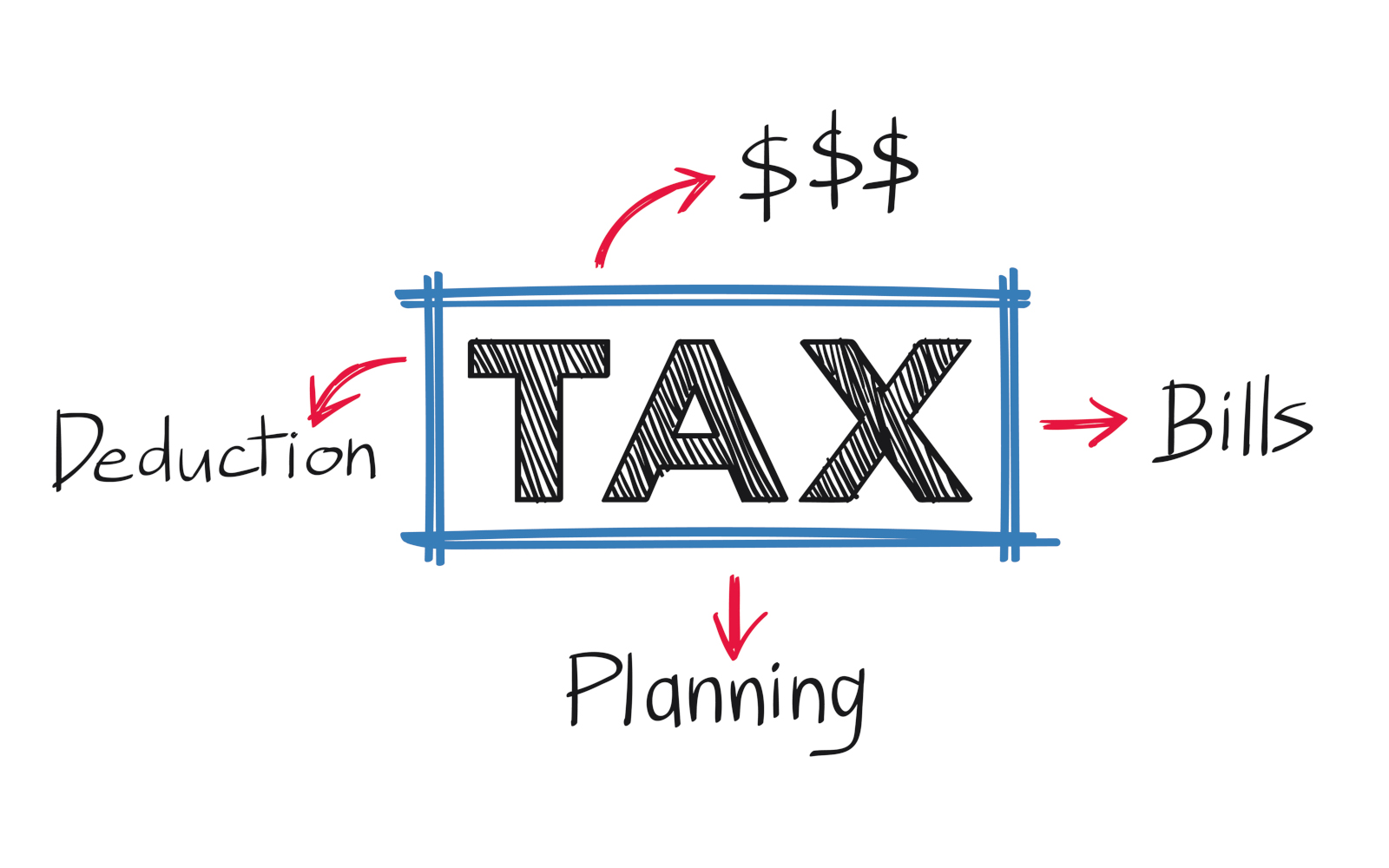Tax Considerations for the Working Individual Reviewing 2018 Returns – Qualified Plans

When you’re planning your 2019 tax strategy, you’ll find a review of your 2018 return a helpful tool in determining your potential tax responsibility for this year. Many tax issues are covered in consideration of family issues, income, and investments, but if you have qualified plans, there are just a few more loose ends to wrap up during your tax review.
This article is third in a series on Tax Considerations for the Working Individual. Read of the series here:
- Tax Considerations for the Working Individual – Family and Filing Issues
- Tax Considerations for the Working Individual – Investment Income and Other Issues
- Tax Considerations for the Working Individual – Qualified Plan Issues
Here are some of the qualified plan issues you should consider:
Are You Contributing to a Traditional IRA?
If you’re actively contribution to a traditional IRA, bear in mind that the maximum contribution is $5,500 ($6,500 if you are above age 50). Consult Schedule 1, Line 32 for more information and ask your tax advisor for information about whether or not you can make any further deductible contributions.
Are You Contributing to a Roth IRA?
Similarly, Roth IRA contributions cap at $5,500 ($6,500 if you are above age 50) per year. However, unless you’re taking advantage of the Retirement Contribution Savings Credit, you will not report these contributions on Form 1040.
Do you Have an Inherited IRA?
If you have an inherited IRA (or multiple inherited IRAs), you need to ensure that you’re meeting your RMD for the year. Look to form 1040, Line 4a and 4b to see whether this has been satisfied and reported.
Are You Contributing to an HSA?
While you can deduct HSA contributions, you need to keep contribution caps in mind. For the individual, there is a $3,450 cap ($6,900 family). Additionally, if you contribute to your HSA through payroll, then you will find information about your lower wages on Form 1040, Line 1, as well as on your W-2 and paystubs.
Have You Made a Contribution to a Non-Deductible IRA?
If you have ever contributed to a non-deductible IRA, you will need to ensure that the cost basis is properly tracked. Look at Form 8606 to understand how your contribution should be accounted for.
Have You Taken a Non-Qualified Distributions from:
An IRA?
Early, non-qualified IRA distributions are penalized and you’ll see this when you file your taxes. To find a non-qualified early distribution, look at Form 1040, Line 4b. Then consult Form 5329 for penalty calculations and carry over to Schedule 4, Line 59.
A 529 Plan?
You will also use Form 5329 to calculate the penalty for an unqualified withdrawal from a 529 Plan, if applicable. Since a 529 Plan has very specific withdrawal requirements, you’ll want to work with a tax professional to understand whether any withdrawals you took were qualified or not.
Did You Convert a Traditional IRA to a Roth IRA?
If you converted an amount from a traditional IRA to a Roth IRA, you need to report this amount properly. Consult Form 8606 for more information about reporting the converted amount and that any non-deductible IRA contributions converted are treated as non-taxable.
Did You Rollover Funds from One Retirement Account to Another?
You may have moved funds from a 401(k) to an IRA or another account. If so, you want to treat these funds as a rollover and not a distribution, since a distribution may cause penalty and other unforeseen expenses. Form 1040, Line 4a should reflect the amount rolled over and Line 4b should be $0 if no distributions occurred.
These are only some of the considerations that you need to make as you review your 2018 tax return and prepare for the upcoming tax season. To learn more about tax considerations for the working individual, consult our resources on family and filing issues and reporting your investment income.
This article is third in a series on Tax Considerations for the Working Individual. Read of the series here:
- Tax Considerations for the Working Individual – Family and Filing Issues
- Tax Considerations for the Working Individual – Investment Income and Other Issues
- Tax Considerations for the Working Individual – Qualified Plan Issues
This information is not intended to be a substitute for specific individualized tax advice. We suggest that you discuss your specific tax issues with a qualified tax advisor.





